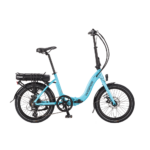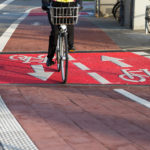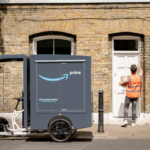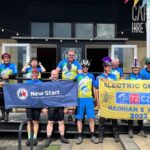Hi everyone, just getting into the idea of an ebike conversion to use as a commuter. Keen cyclist but old and fat... 20 mile commute which I do occasionally looking to do it more often.
Have old rigid MTB or road bike or even a Crossy to convert. Currently focused on the MTB.
Thinking of initial front hub version as these seem cheaper and easy to install.
I came to this site as I don't want a huge loom of wires somewhere on the build...
Rich
Have old rigid MTB or road bike or even a Crossy to convert. Currently focused on the MTB.
Thinking of initial front hub version as these seem cheaper and easy to install.
I came to this site as I don't want a huge loom of wires somewhere on the build...
Rich






